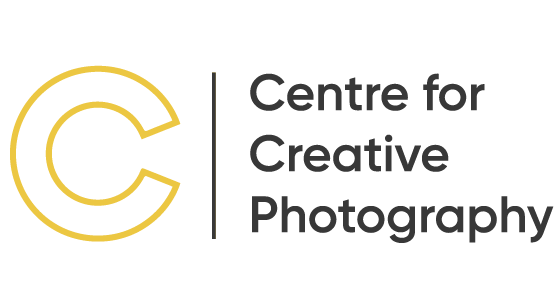ON THE TRACE OF PHOTOGRAPHY
The revered photographic historian Beaumont Newhall once said that “everybody writes, but there are very few writers; everybody takes photographs, but there are very few photographers”. With that statement, he eloquently described the all-pervasiveness of one of the 20th century’s newest artistic mediums – photography. Today with the advent of digital technology, Newhall’s summation on photography’s accessibility is more relevant than ever.
All pervasive, photographs record everything yet fail to reveal anything to us except perhaps a trace of our memories. Incredibly though, we still want to believe in the evidence which the photographic image presents to us regardless of our persuasions. I love the fact that photography describes everything in minute detail, yet consistently fails to tell us anything about that which it portrays. And yet it is this evidential quality specific to photographic images which we respond to. It is this quality of the photograph – its perceived veracity to load the viewer with “facts” – that I find fascinating and which I have continuously exploited in my photographic work.
I believe painting to be more real when it comes to description – imagine a scene in which the wind is playing through the leaves of olive trees in a grove; the constant changing of the olive leaves scumbling to blue and back to olive again as they twist on the currents of the breeze blowing over and around them. A painter such as Cezanne could describe this action far more satisfactorily to me rather than the still of the photograph of the same scene recorded perhaps at 250th of a second shutter speed. With the painting, we are presented with an unfolding of time contrary to a photographic image of the same scene frozen as it were, as a fraction of what we actually can see.
This is not at all a bad thing, just an observation of the differences of the medium. It presents to the artist however, a contradiction which clearly can be exploited. Man Ray’s bent on this phenomenon is summed up in his famous quote “I paint what I cannot photograph, and I photograph what I cannot paint.” This is the mind of the artist at work; exploiting the most suitable medium at hand to present an idea for the audience to consider.
When considering my overall production of my art work, I’m struck by just how consistently layered with information these pieces are. But they present a different layer than that represented by a painting. The Immaculate Projections (series 1991 and 1994) for instance are an exploration of collective memory using art reproductions anamorphically projected over the figure and recorded on film, thereby creating a third dislocated, yet familiar character almost repulsive and like a B grade movie still, yet eerily beautiful, familiar and visually compelling.
To further exploit this seductive photographic quality, the images have been printed with colour, specifically rich and detailed, but with soft backgrounds and lit as you would a film noir movie. I have adopted a similar approach of production with the “Strange Attractors”, however in this case the layers have been achieved physically through the sandwiching of details of 19th and 20th century paintings with details of recorded popular culture from newspapers, television, advertising, icons etc thereby creating still a third persona yet more commodified. Recognizing this quality, I have further reinforced their impact by the sheer volume of their production. With its total sum edited to collectively wallpapered an entire space. Presented wall to wall and floor to ceiling, the Attractors affront the viewer in a similar way to displays in electrical goods stores with a myriad of televisions all stacked up and turned on to individual channels. The end result is one that is very watchable perhaps but indigestible when seen en masse.
Photographs are a record of a conjunction of events, but by the very nature of their specific construction, each piece is a rendering of reflected light. At the end of the day, photography is artist’s medium, the artists use everything at their disposal to create their work – like some forms of sculpture, photographers reduce while painters add, printers embellish their medium but like writers we all edit our production for a clarity of idea. I applied initially to art school so I could draw and sculpt… the irony is not lost on me that I now make work about photography and I write but my inspiration comes from life experiences, my teaching and conversations with my students - Gavin Blake.


